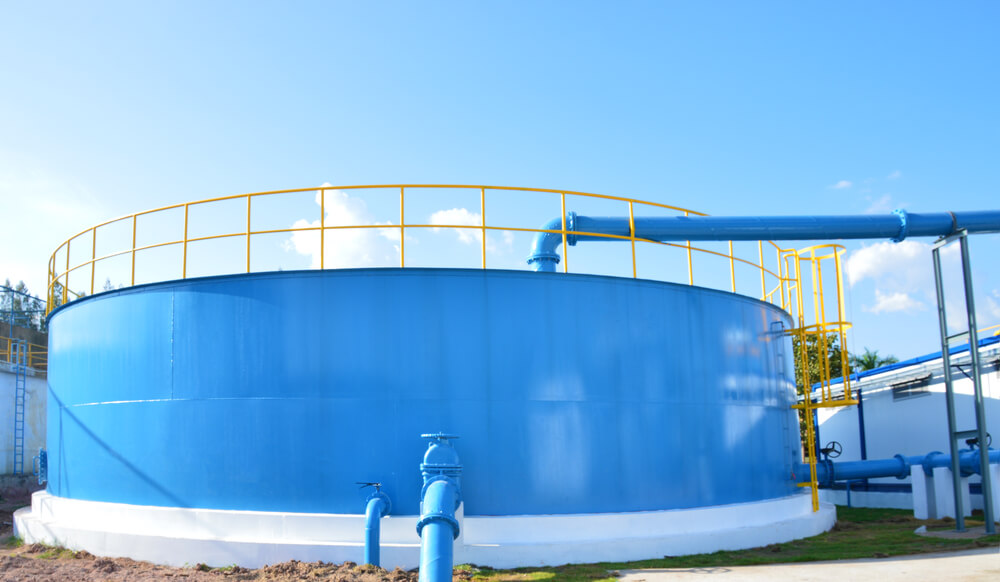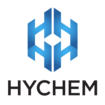Preventing degradation of reinforced concrete water structures

Reinforced concrete is commonly used for construction in the water industry due to its high durability and ability to sustain stress from vibrations, winds and external forces. However, if left unprotected, chemical and physical influences can cause severe degradation. The key to extending the life of reinforced concrete water assets is installing an appropriate protective coating.
Reinforced concrete is used for a variety of water assets, from service reservoirs to water towers and tanks. Installing a protective coating can reduce the need for regular maintenance and refurbishment while still ensuring that services remain uninterrupted and water quality is maintained.
Combatting a major problem for water structures
When storing untreated water, one of the biggest threats to the structural integrity of water retaining structures is soft water attacks. Soft water is untreated water that is characterised by a low dissolved ion content. When soft water comes in contact with concrete it acts as a potent solvent, dissolving the lime that is formed as a by-product of the cement hydration process, and leaving the cement and steel reinforcement bars vulnerable to chemical attacks, corrosion and eventually structural failure.
In order to prevent such deterioration and damage, concrete should be coated with an appropriate chemical and abrasion resistant coating to protect and prolong the life of the structure, and reduce regular maintenance and replacement costs.
Hychem’s TL6 potable water coating is a specialised epoxy liner that can protect concrete from deterioration due to chemical attack, abrasion and hydraulic erosion, and also complies with the AS/NZS 4020:2005 standard for testing products for use in contact with drinking water.
Colin Murphy, Product Manager for Hychem, said TL6 extends the life of water assets, increasing durability and reducing ongoing maintenance costs to ensure services remain reliable and prevent downtime.
“Asset downtime costs water utilities and asset owners a lot of money, and can cause disruption to their customers and those living and working near the asset, so eliminating the need for regular maintenance and repair minimises this disruption and saves money in the long term.
“Downtime can be further reduced by using a fast cure product like TL6. Once the coating is installed it is ready for foot traffic in 24 hours, and is fully cured within a week. Customers and residents will experience minimal disruption, and the asset owner doesn’t need to worry about the coating or asset failing any time soon.
It has high chemical and abrasion resistance, and can be roller applied to horizontal and vertical surfaces like walls and floors, making it suitable for use in a wide variety of applications such as tanks, silos, dosing plants, desalination plants and hydrocarbon storage.
Up to drinking water standards
Once treated, water needs to be protected from post-treatment contamination that could result in unsafe drinking water.
When considering products for use on potable water structures, water authorities are required to comply with standards such as AS/NZS 4020:2005 which sets out the requirements for the suitability of products that come in contact with drinking water.
“TL6 has been specifically designed for use on potable water structures. It is certified against AS/NZS 4020:2005, and doesn’t affect the quality, taste or colour of the water,” Mr Murphy said.
Features of Hychem’s TL6 include:
- High resistance to hydraulic erosion
- Textured, high gloss finish
- Can be modified with the addition of aggregates to provide a variety of anti-slip textures
- High resistance to mineral acids
- High resistance to caustic and salt solutions
- High resistance to petroleum oils
- Abrasion and impact resistant
- High mechanical strength
- Non flammable
- Rapid cure
- Seamless
- Excellent resistance to early water spotting
